The market of Chichicastenango
What a sensory sensation!
We awoke in the midde of the night with rain on the windows.
Then there were the cars honking, people yelling and fireworks! Big, huge, BOOMING fireworks.
It’s market day in Chichicastenango!
I wanted to take so many more photos than I actually did, but there weren’t many opportunities to just sit back and enjoy the bustle. We were packed in the streets like sardines.
The part of the market that I enjoyed the most was actually the produce and flower building. There is a civic center in town that on market days of Thursday and Sunday is used for a glorious display of vegetables and flowers of all colors. The hussle and bustle is incredible to experience, and the bird’s eye view one gets from standing on the upper level allows one to stop and appreciate the efforts of the vendors without being nudged by others passing by.
On the upper level of this civic center, I found a tienda that sold yarn. I had hoped to find some handmade wool skeins to use for my crochet hobby, but all of the yarn sold at that store was thinner and meant more for embroidery.
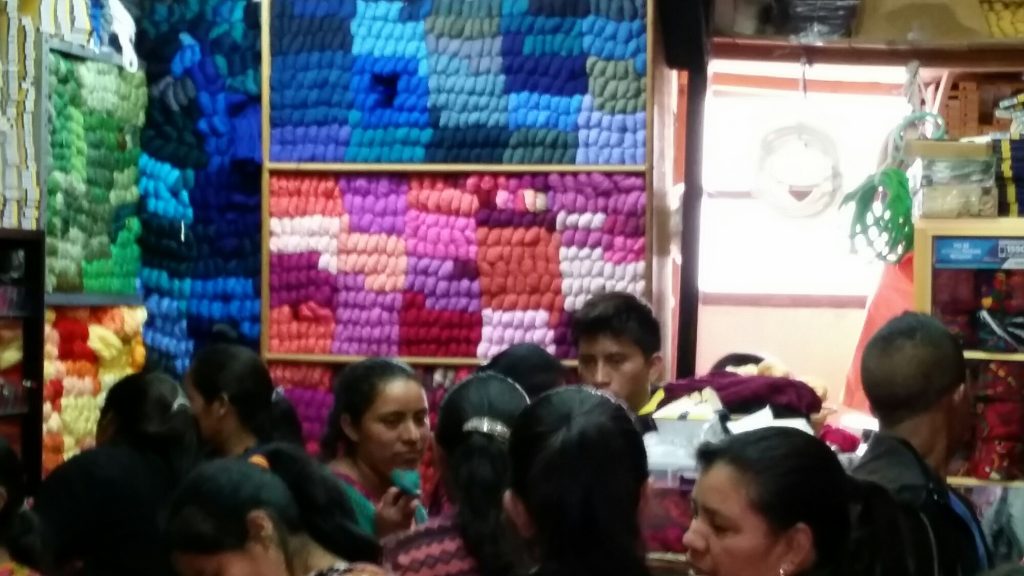 On days that the market is not open, the civic center is used for community sports (soccer and basketball) and also for other community activities, groups, and meetings.
On days that the market is not open, the civic center is used for community sports (soccer and basketball) and also for other community activities, groups, and meetings.
The hardest thing to witness, and maneuver around, were those that suffered from some ailment or physical handicap. They sat, sometimes with legs sprawled, on the ground in the middle of a thoroughfare with cups, some wailing and begging for food. While I was careful to notice them, I’m sure others paying less attention might trample them or trip accidentally. Like I said, I had wanted to take so many more photos of the market but feared spending too much time with my attention diverted or worried that I’d be holding up the throngs of people behind me!
In other parts of the market, you will find street food vendors, livestock, restaurants, home use items including toothpaste, OTC medicines, brooms and dustpans, and every imaginable souvenir under the sky. Many vendors have booths set up, but there are also hundreds of individuals, including the elderly and children that walk amongst the attendees, tug on your sleeve or call out “Madame, I have good price for you” or something else similar to capture your attention. There was a guy that captured John’s attention with some old coins! He may have had a booth, but he met John in the walkway.
Children sell bracelets, bookmarks, magnets, pot holders, etc., and the older women sell textiles like table runners and tapestries. Trent and I each bought one from a woman named Maria. She met us in the market, followed us up and down each street, and continued to follow us all the way to the cemetery. It wasn’t until we actually left the cemetery that the purchases were made.
The cemetery was beautiful indeed. Somewhat similar to how the graves are built above-ground in New Orleans, you will see many statues and monuments painted in beautiful colors, some with sconces or beladoras for the display of candles, flowers, or small flames. There are visitors year-round, but inside the cemetery there is a church that is only used on one day of the year, el Dia de los Muertos.
One monument was particularly moving… it was a tribute to drivers and passengers that perish in traffic accidents. The monument depicts a bus that fell off a bridge into the water below. With a few near misses, I could relate to the danger of motorist activity in Guatemala!
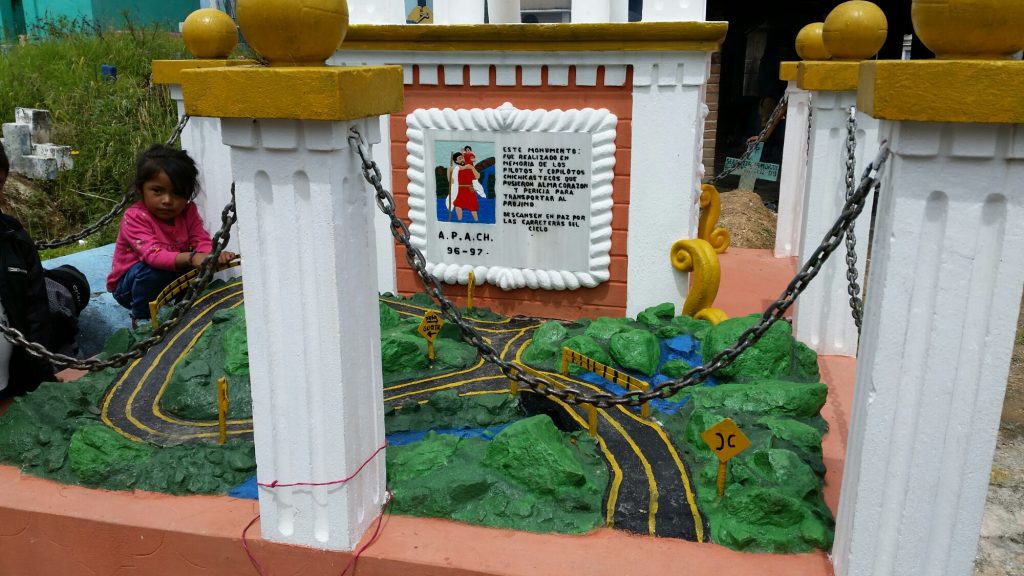 There are also special places for people to come to participate in Mayan rituals. If something in particular is ailing or worrying a person, they come, ask for prayers and have a ceremony performed so that their prayers are offered to God. While we were there, a woman was seeking assistant and relief from pains in her back.
There are also special places for people to come to participate in Mayan rituals. If something in particular is ailing or worrying a person, they come, ask for prayers and have a ceremony performed so that their prayers are offered to God. While we were there, a woman was seeking assistant and relief from pains in her back.
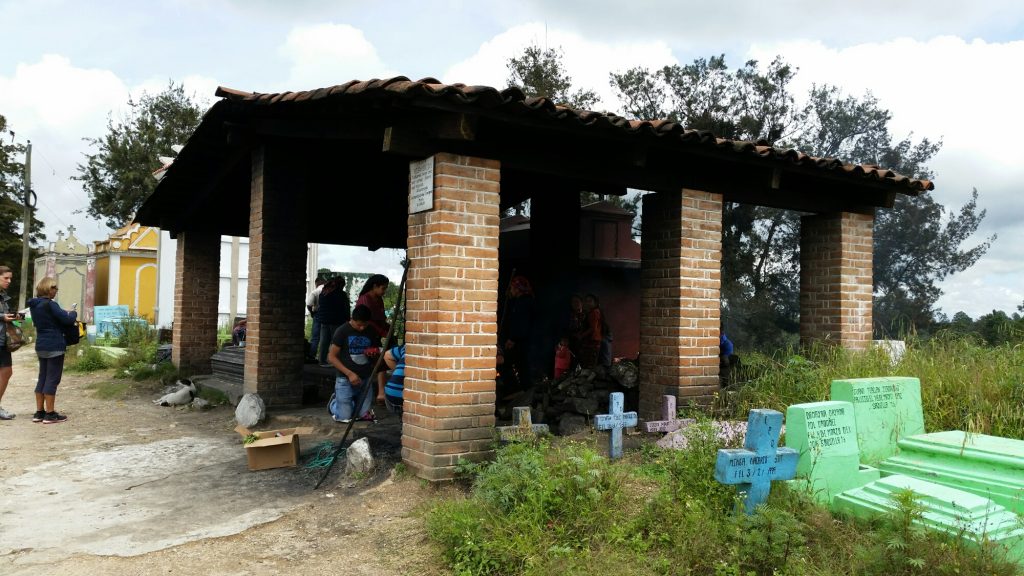 There are also places for Christians or those that practice dualism or blending of religious faith.
There are also places for Christians or those that practice dualism or blending of religious faith.
On the end of the cemetery furthest from the entrance there is a special place for the Maya people to come and perform ceremonies as well. There are statues that represent the North, South, East and West and there is a lion at the entrance.
The statues depict the Maya people from long ago, but many of their cultural practices are alive and well. We got to witness a ceremony that included the sacrifice and blood-letting of a rooster. A shaman helped a woman and her two daughters prepare a fire with sticks and corn husks,. Eggs were placed in a circle suspended and supported by the sticks and husks teepee formation. Around the outside were placed flower petals, offerings of food, candles and incense.
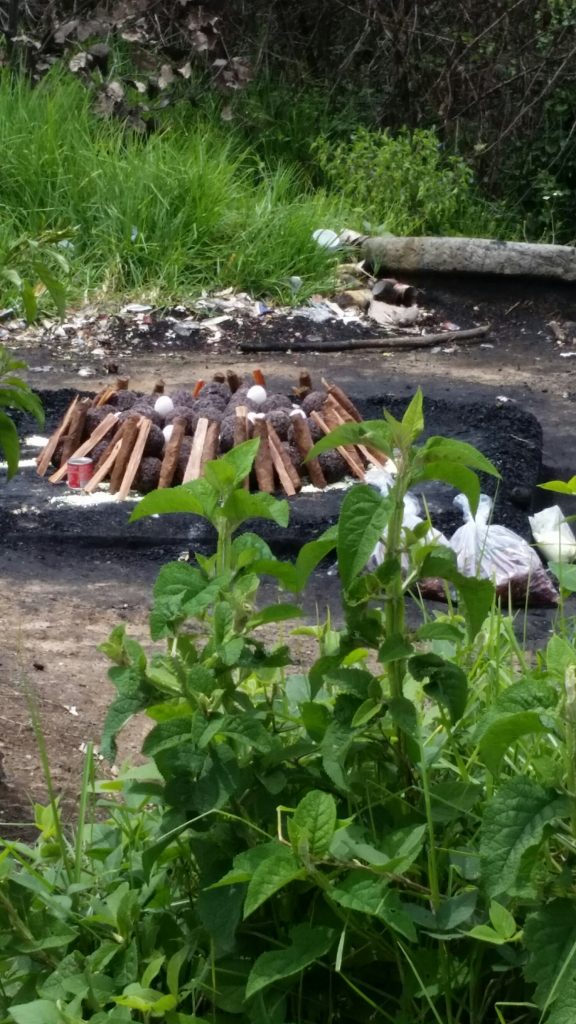
After the rooster was doused in liquor, a ceremony was performed in which the shaman brushed the rooster over the entire body of the woman, and was also placed on her head. Prayers were uttered. There were customary patterns of walking, first around her and then around the sticks and husks were laid. This same process was repeated for each of the daughters. Then, while the woman held the head and feet of the rooster, the shaman slit the throat.
Together, they made circles in the air above the site such that the blood streamed over the sticks, husks, eggs and food, etc. They made circles like this until all of the blood had dripped from the body of the rooster. Next, they cut the head off the rooster and then laid it on top.
We did not stay for the entire ceremony, as it was getting late in the day and there were other stops to make. I didn’t ask our guide-friend, Estuardo, but I’m guessing that the liquor-drenched rooster was probably set on fire after we left. I’m not sure though. I could be wrong. The Maya traditions are a bit cosmic-mysterious, but at the same time are very beautiful, full of significance, honor, respect and dutiful praise.
Between our visit to the market and to the cemetery, we visited La Iglesia de Santo Tomas. Aside from the market, this is probably the attraction most well-known. It is used for services on Tuesday, Saturday and Sunday but is open all the time. Photography is not allowed in the church, so I hope to always have the memories. When you climb the steps if front of the church, you meander through several women selling flowers. Upon entrance, you see statues of Jesus and the apostles. In the main aisle are several stations for placing and lighting candles. People first visit the pews, admit their sins and transgressions , ask for forgiveness, and then approach the alter knowing that they are forgiven.
Our friends, Estuardo and Manuel, explained to us that the Santo Tomas church is very unifying for the residents of Chichicastenango and the surrounding communities because it has withstood several earthquakes and has not fallen. The people feel strongly that the strength of their church means strength for the longevity of their community and traditions.

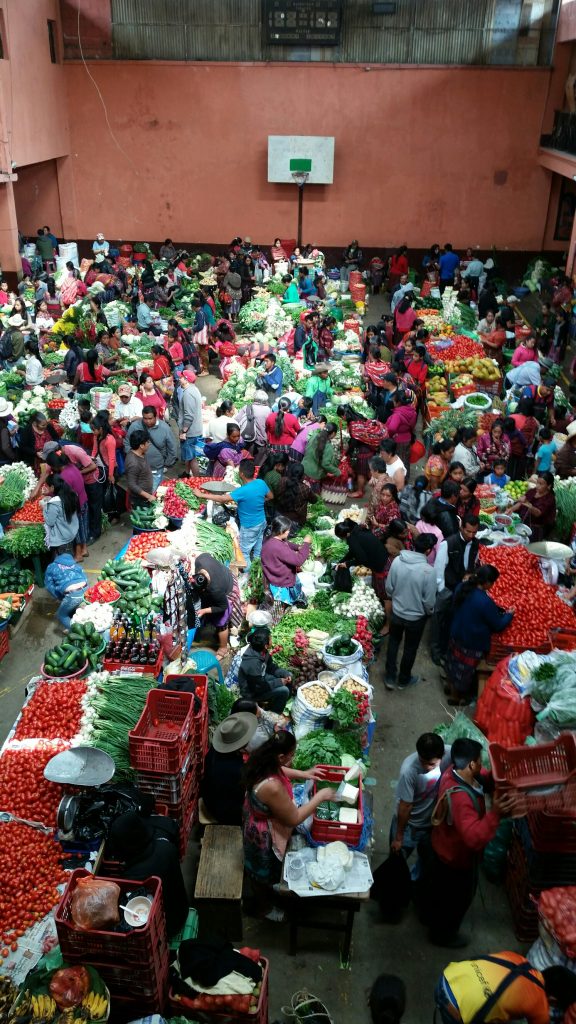
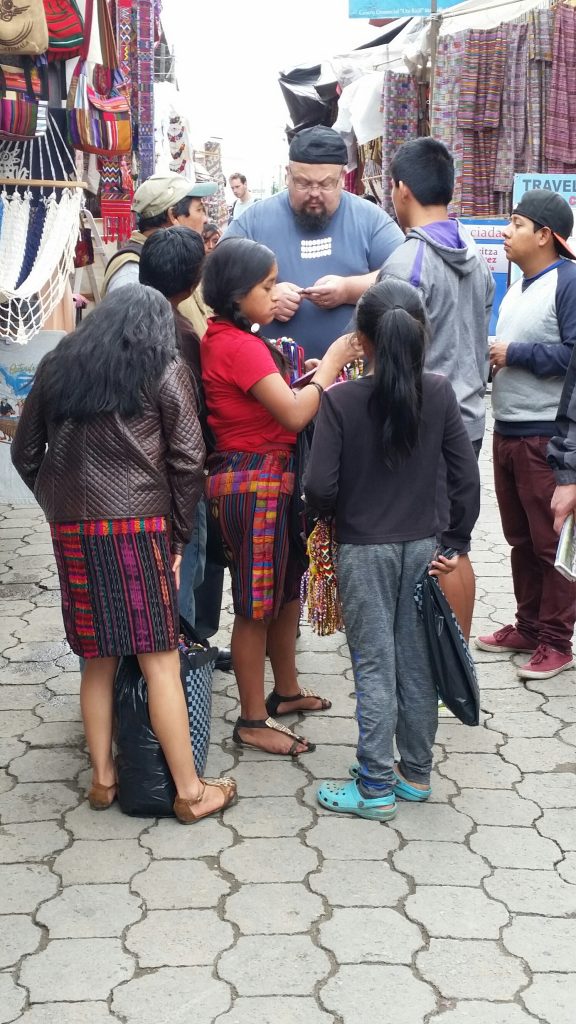
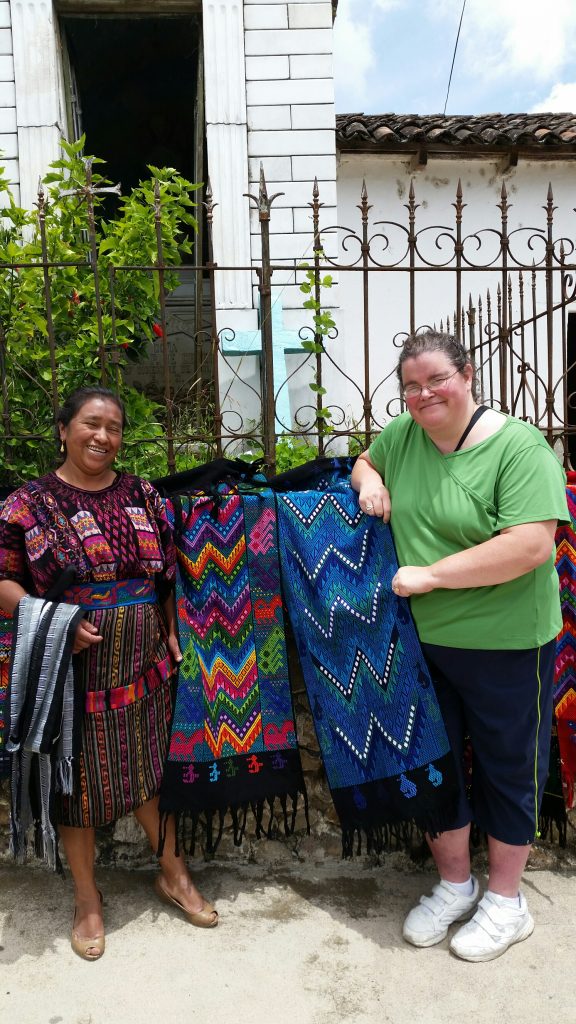
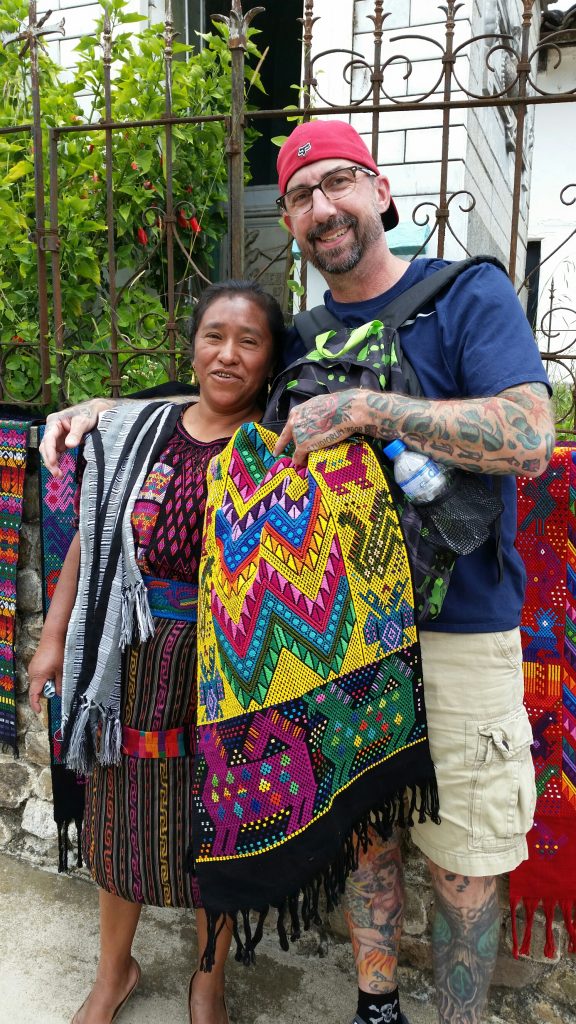
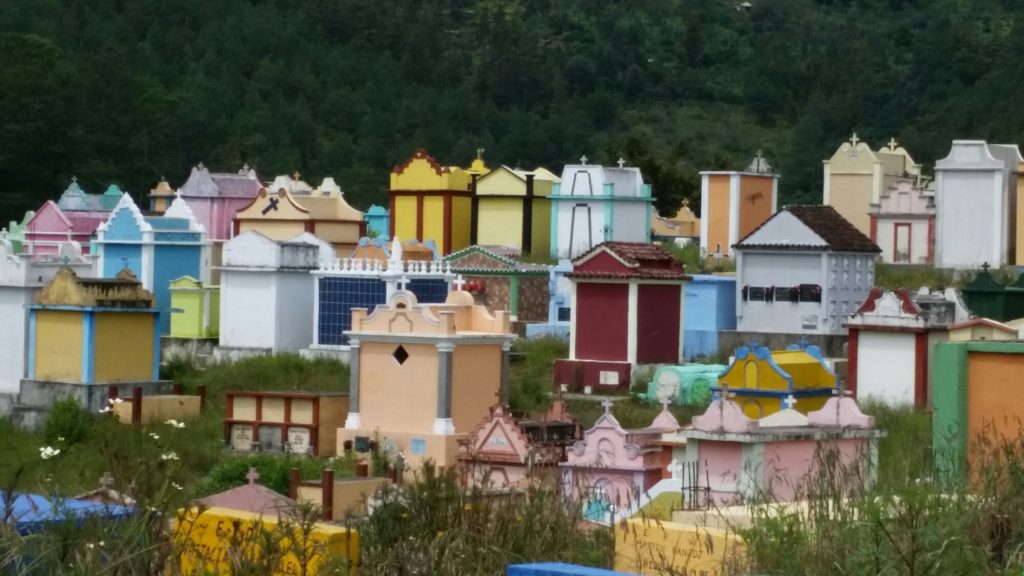
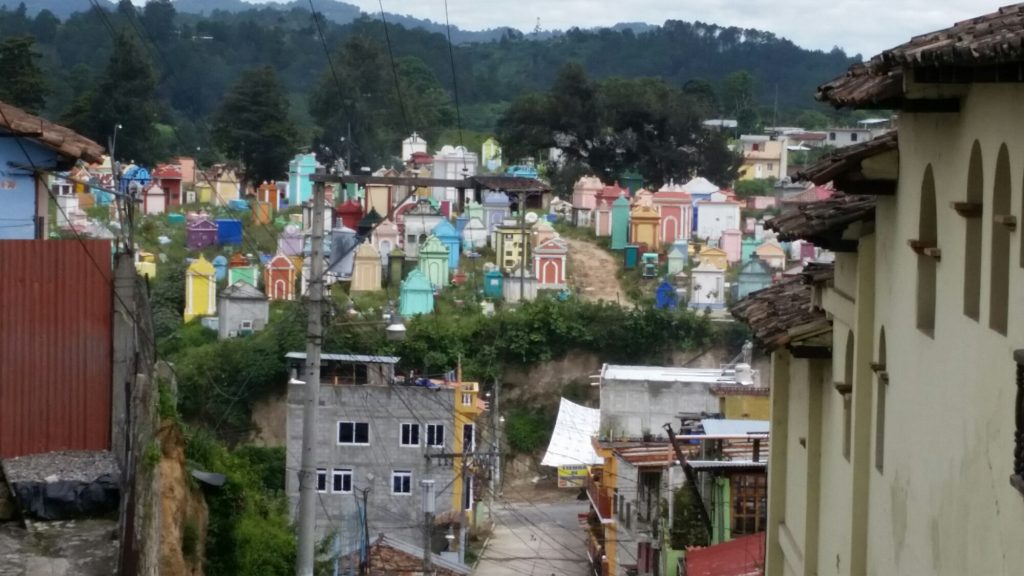
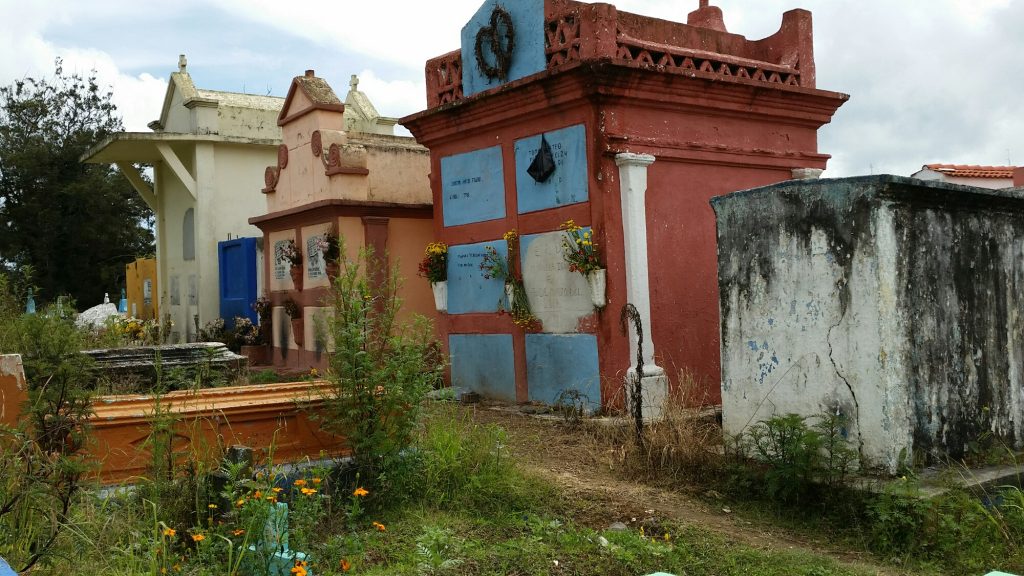
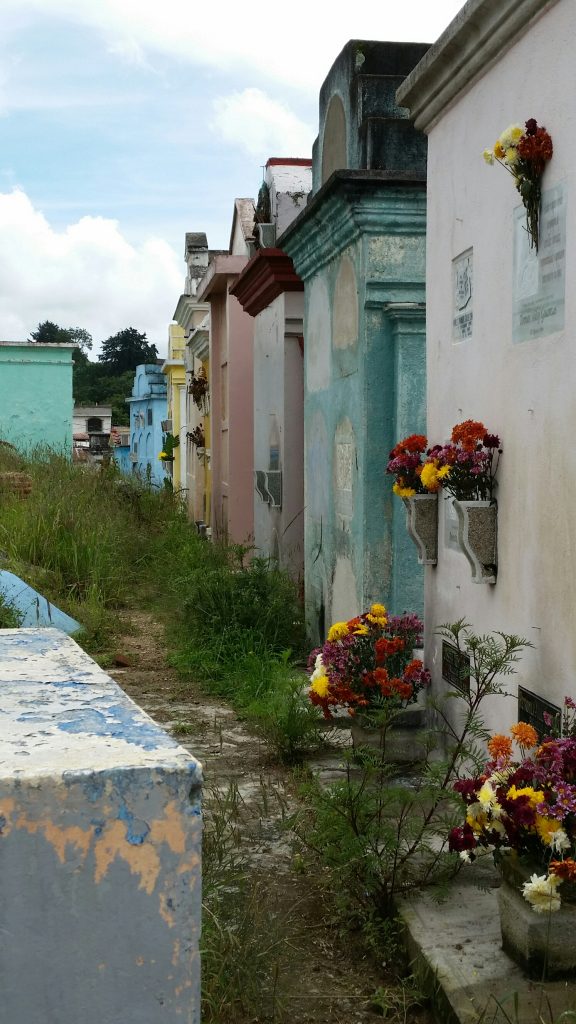
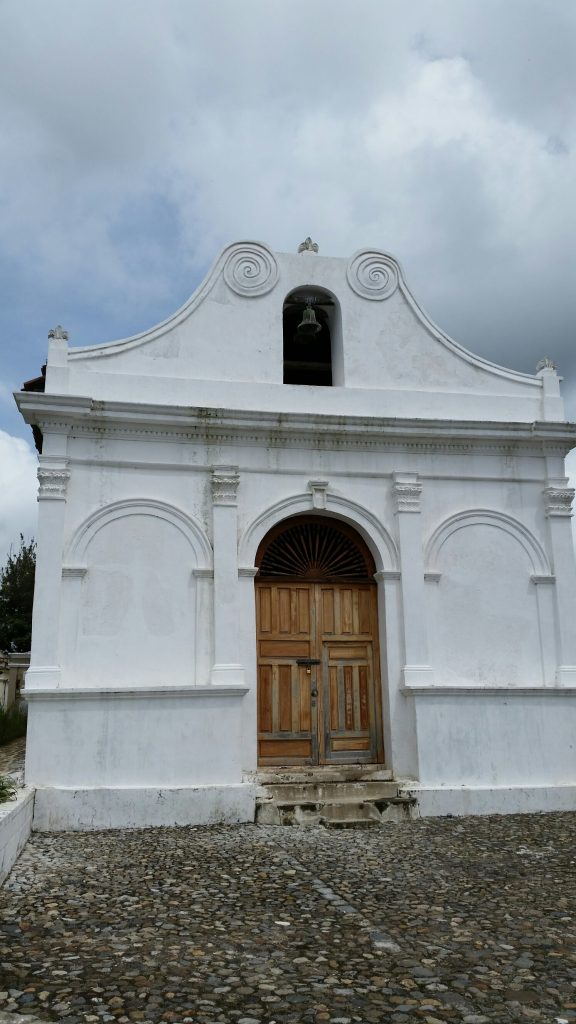
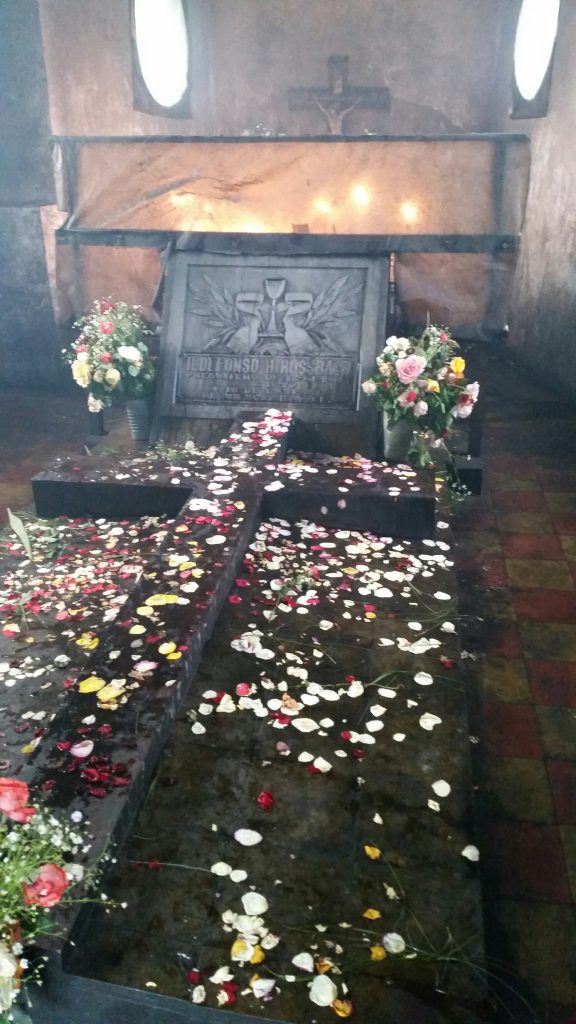
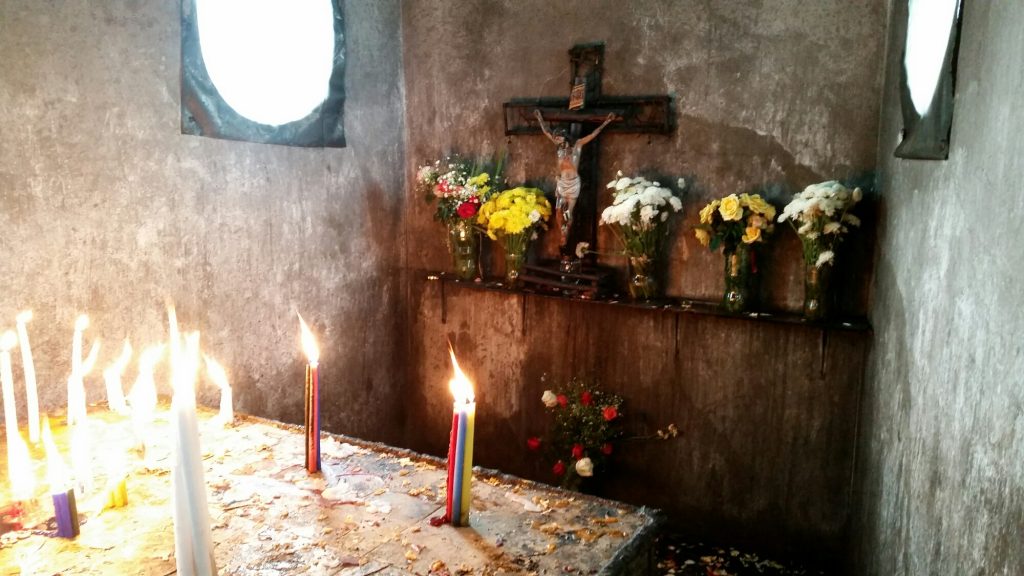
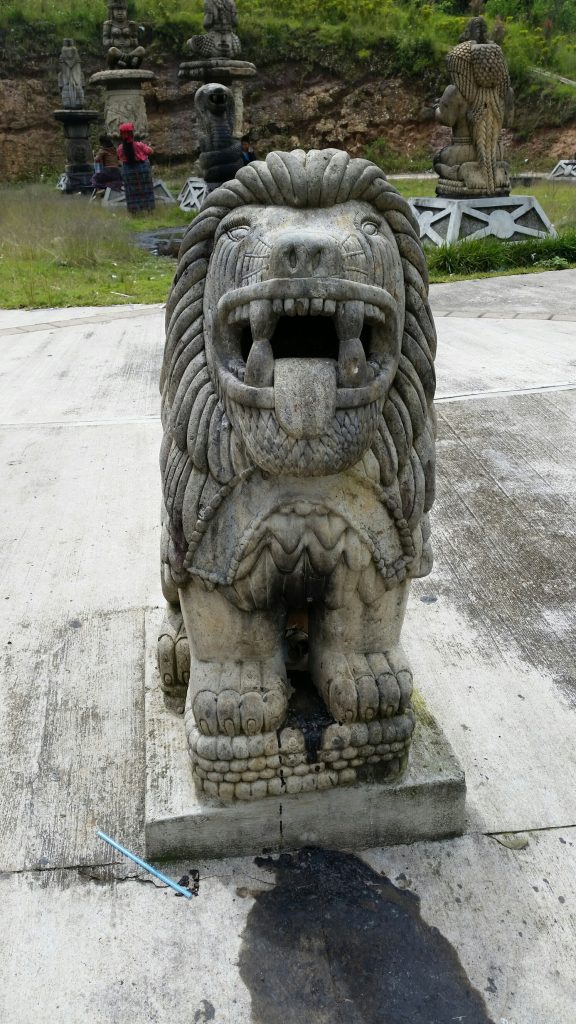
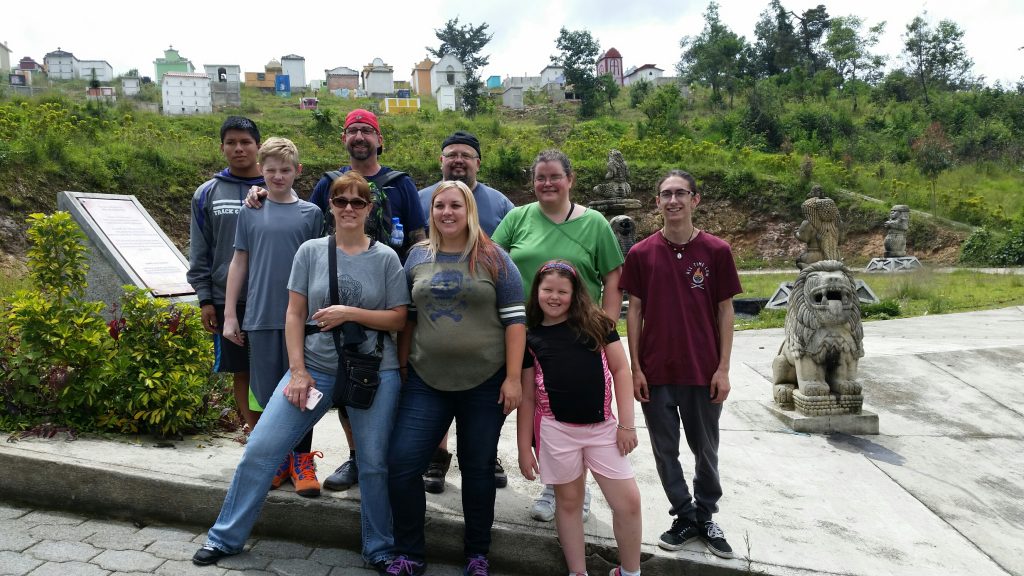
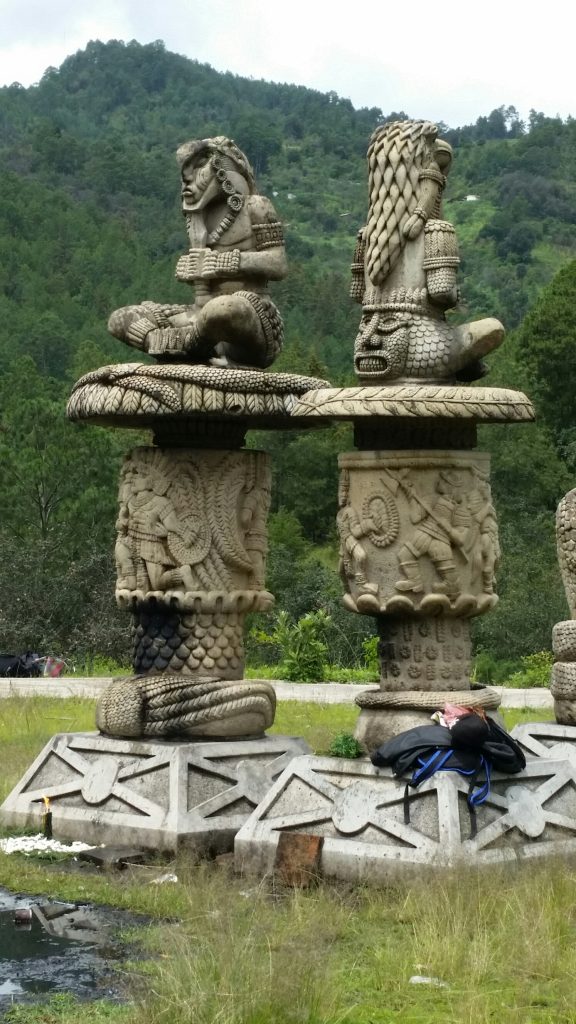
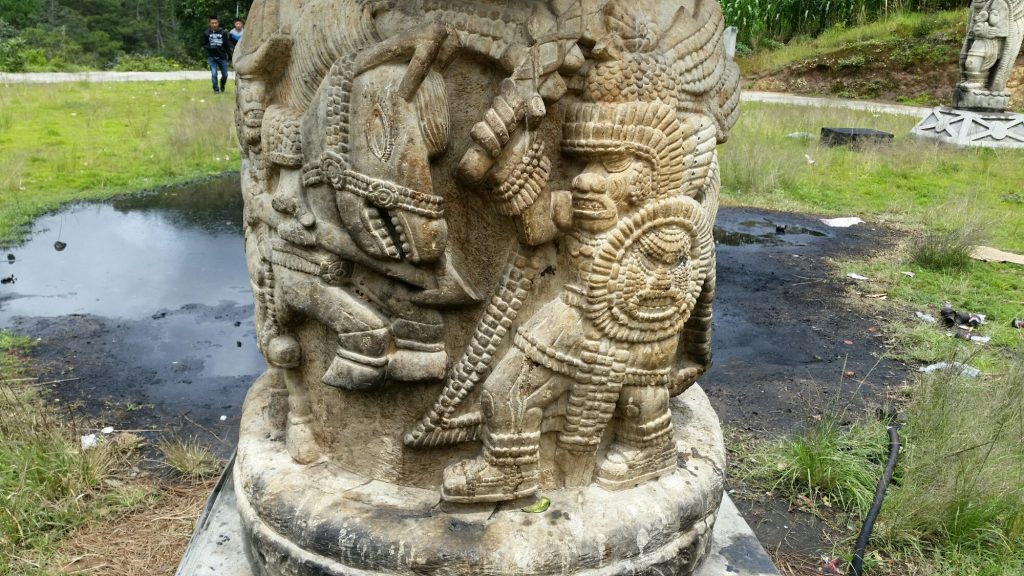
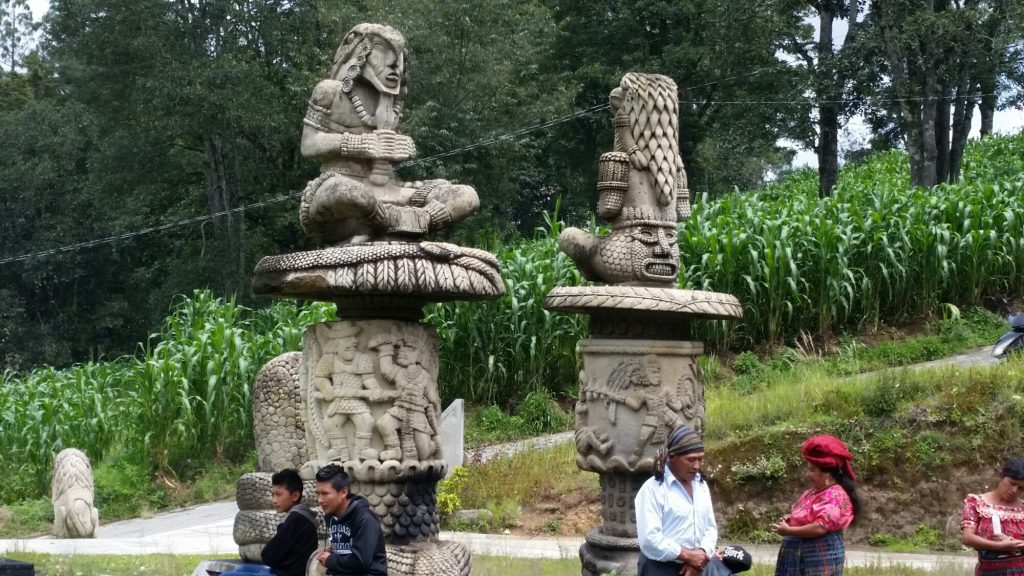
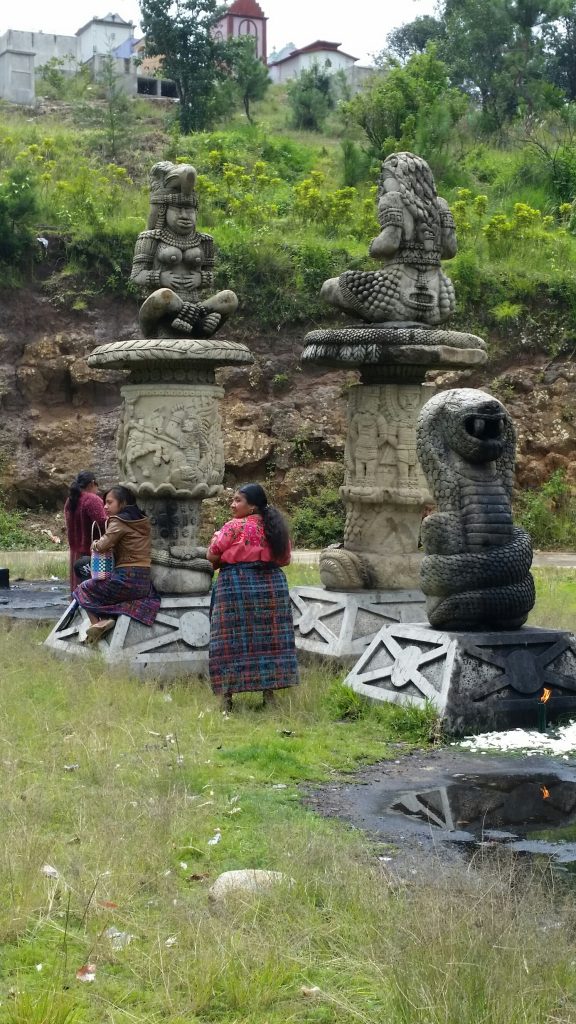
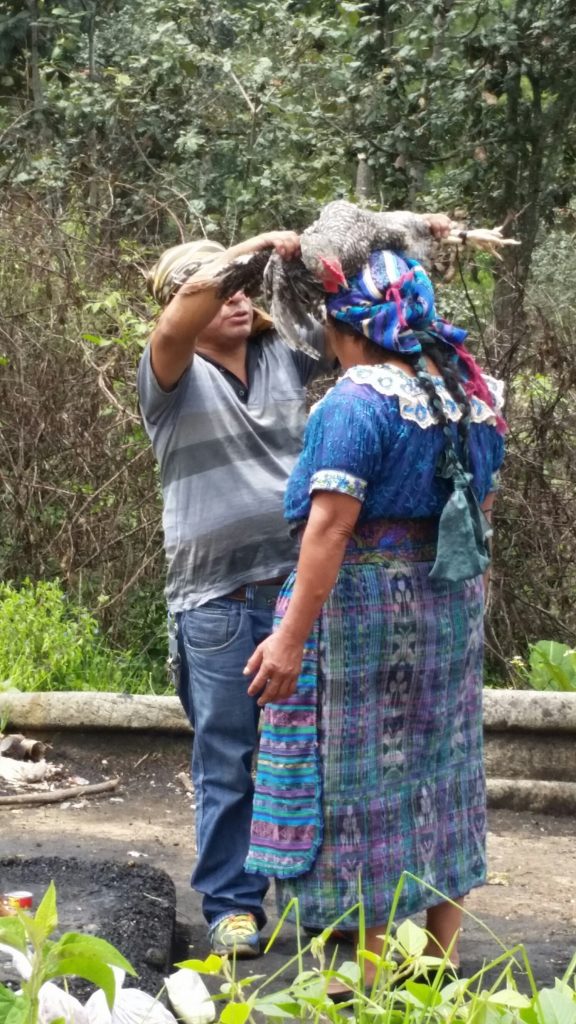
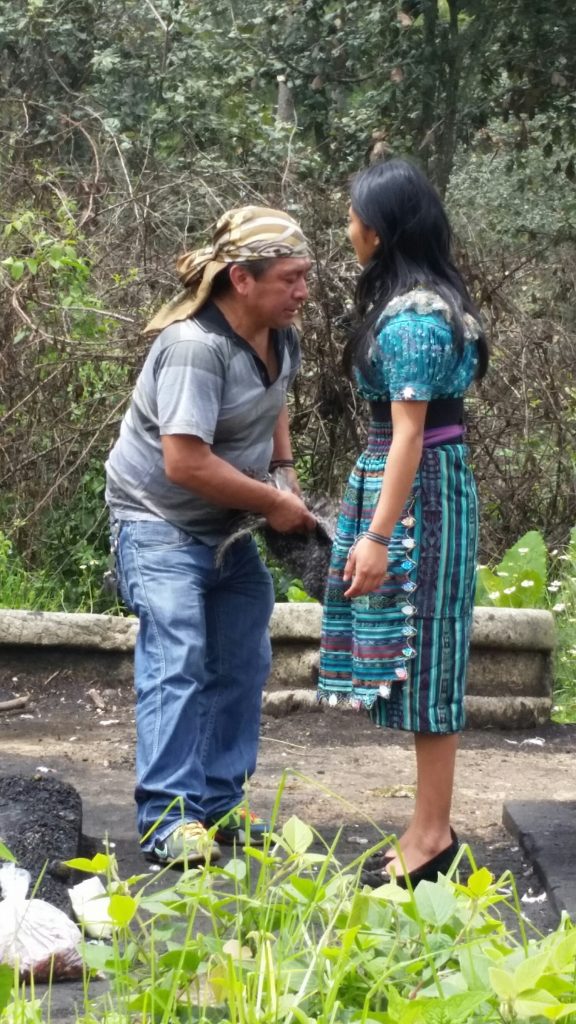
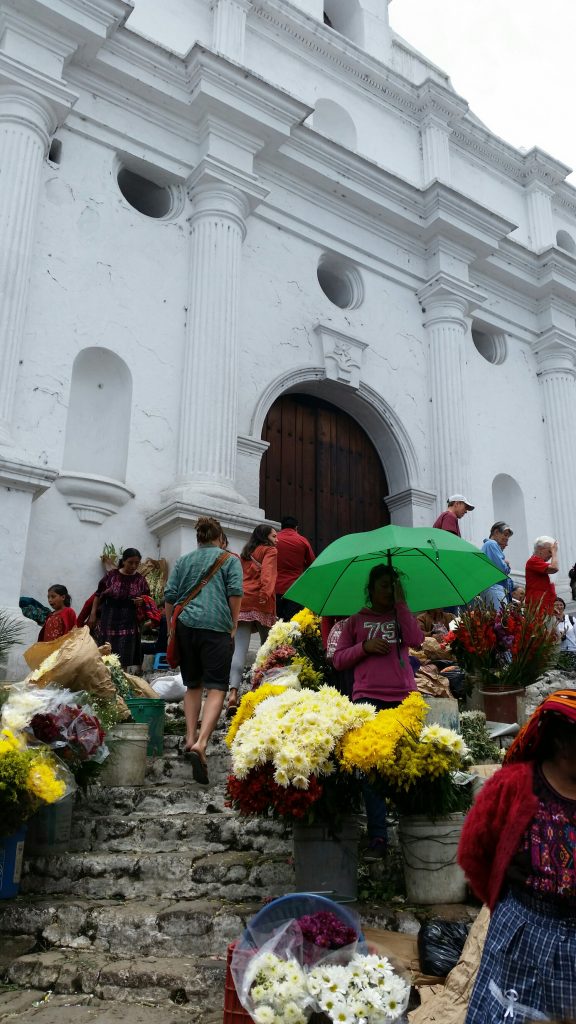
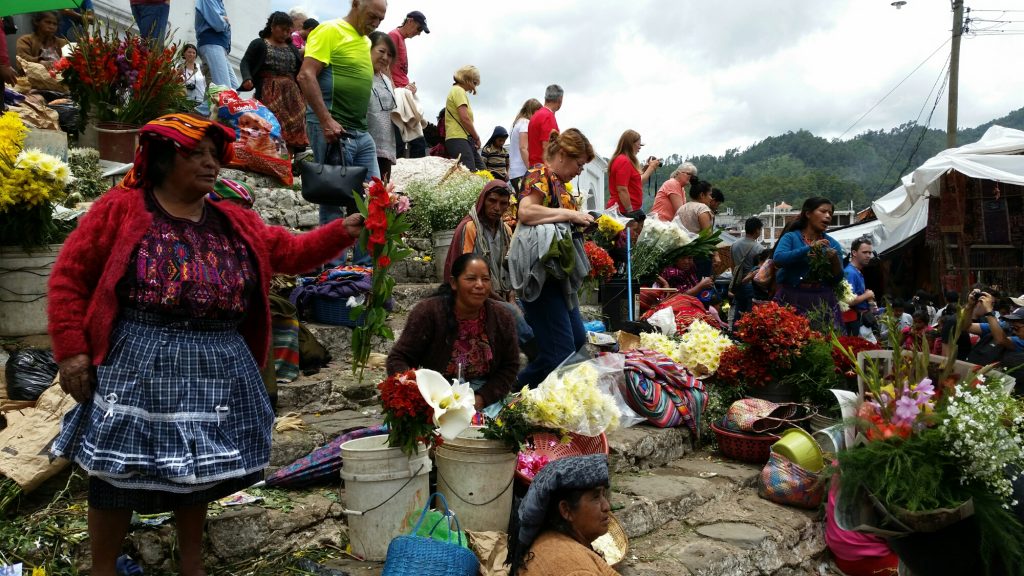
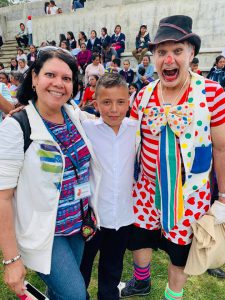 The “right” opportunity arose when I learned about a travel opportunity for adoptive families which would include volunteer work and cultural sightseeing. Being members of that team had a profound impact on me, Lillian and Andrew. Not only were we able to make a real connection to our son’s birthplace, but we met incredibly warm and generous people, all of whom we now consider to be a part of our “family.” In addition to the volunteer work I shared with the Team, I also was able to “give back” by performing as my alter ego, “Farfel the Clown” at a barbecue for children of The Backyard School. It will remain one the proudest and happiest memories of my life.
The “right” opportunity arose when I learned about a travel opportunity for adoptive families which would include volunteer work and cultural sightseeing. Being members of that team had a profound impact on me, Lillian and Andrew. Not only were we able to make a real connection to our son’s birthplace, but we met incredibly warm and generous people, all of whom we now consider to be a part of our “family.” In addition to the volunteer work I shared with the Team, I also was able to “give back” by performing as my alter ego, “Farfel the Clown” at a barbecue for children of The Backyard School. It will remain one the proudest and happiest memories of my life.
Did you find the vendor selling the jade necklaces?
I didn’t get to meet the artisan directly, but I did pick up all the jade necklaces that were purchased during the fundraiser!
I so enjoyed reading your post! My school has had a partnership with Flavio Rodas Noriega in Chichicastenango since 1988. We will be welcoming nearly 20 visitors from there to Waukesha this November. Your blog reminded me of our wonderful experiences in Chichi. Enjoy your time there with the wonderful people who live, work, and sell there!
Susan, if Rose Glen has any events that are open to the public, I would be interested in attending!